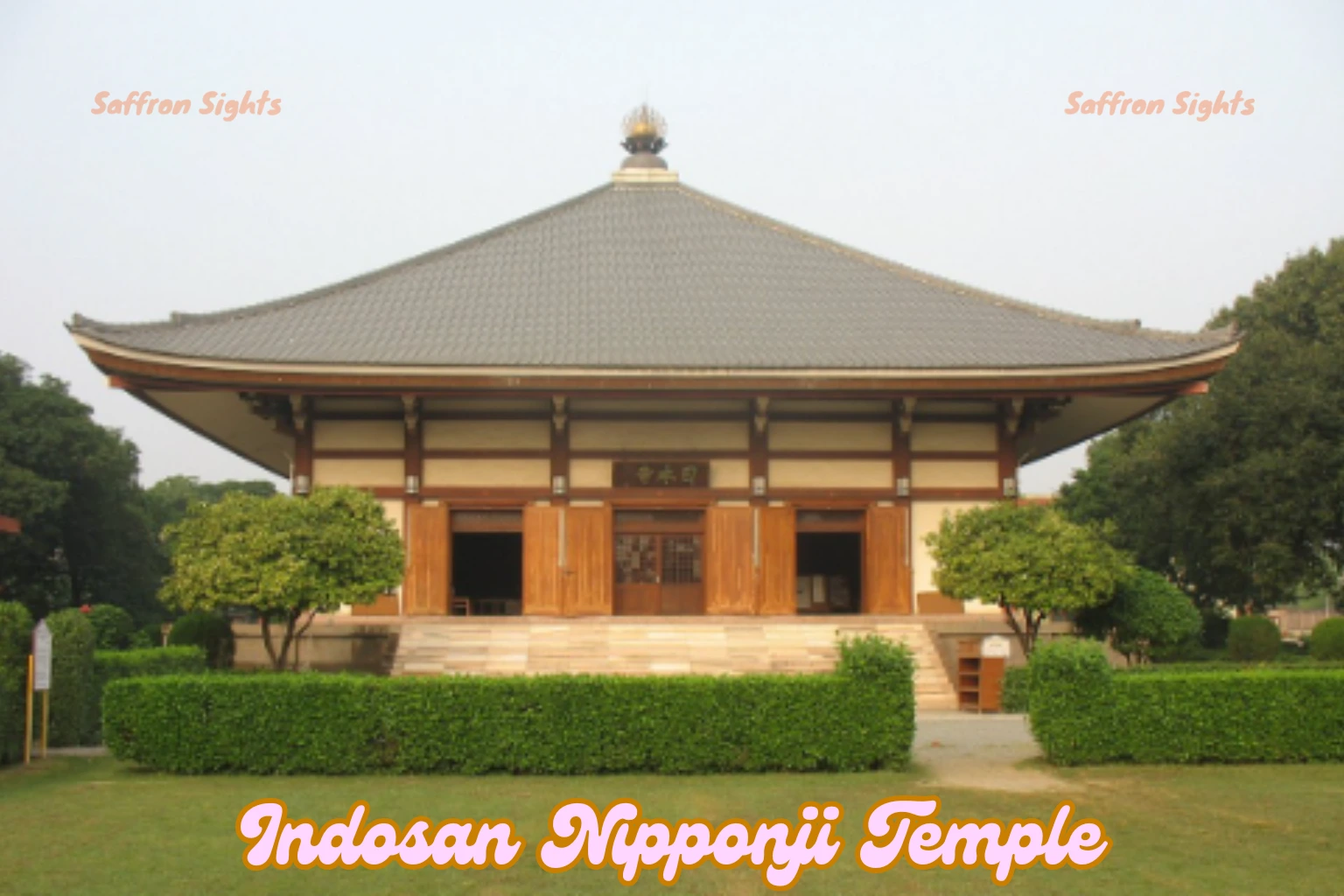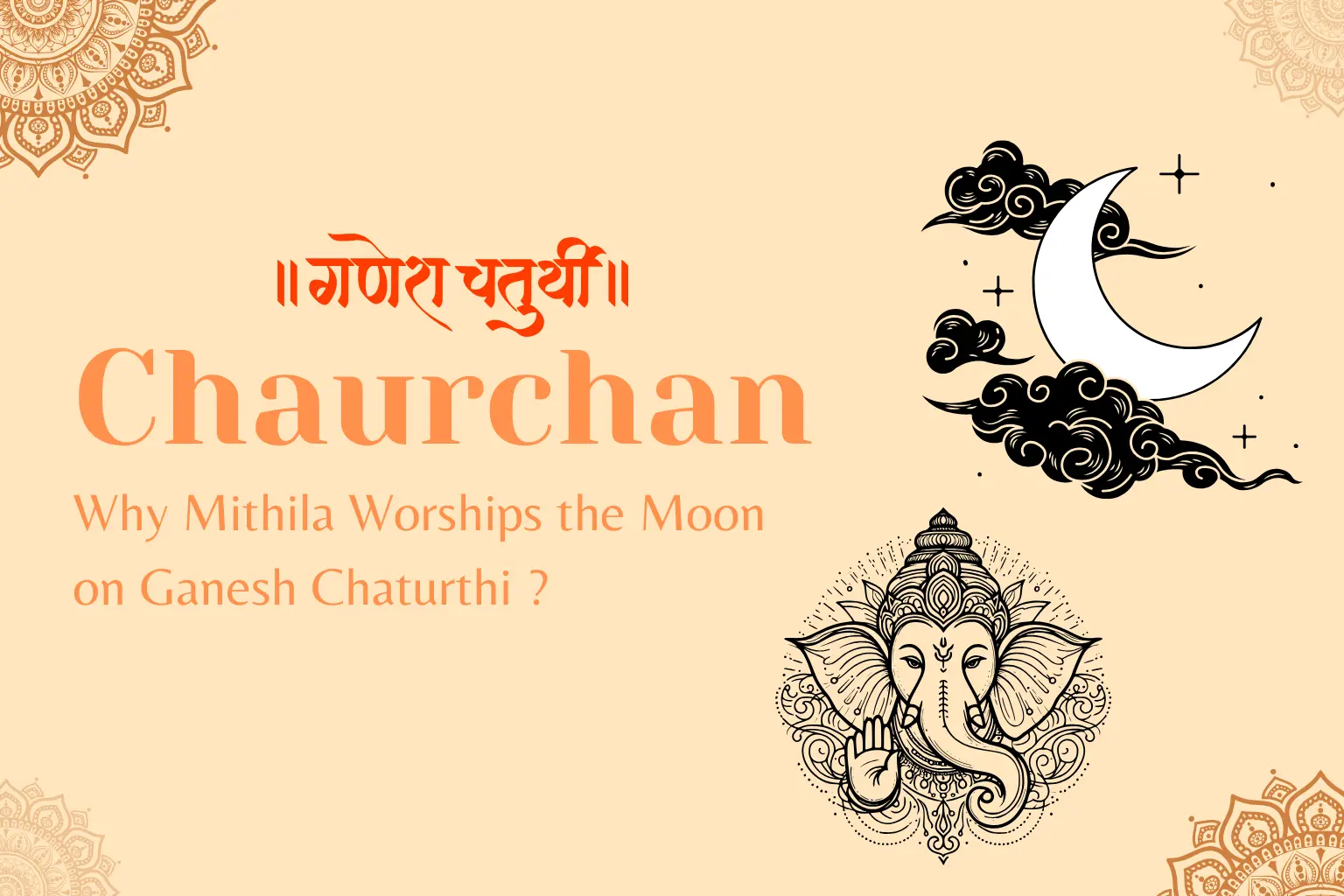Imagine stepping into a tranquil oasis where the beauty of nature meets the elegance of architecture. As you approach the Indosan Nipponji Temple in Bodh Gaya, you are greeted by the sight of intricate wooden carvings and serene surroundings. This unique temple, built in the style of a traditional Japanese shrine, invites visitors to explore its peaceful ambiance and rich spiritual heritage.
Nestled close to the Great Buddha Statue, this temple is a hidden gem that offers a glimpse into the harmonious blend of Japanese culture and Buddhist beliefs. Whether you’re seeking spiritual reflection or cultural insight, Indosan Nipponji Temple provides a calm, reflective environment that leaves a lasting impression.
A Journey Through History:
The Indosan Nipponji Temple has a relatively modern history, established in 1972 with the aim of promoting Buddhism in India and enhancing cultural ties between Japan and India. The temple was built with generous funds donated by the Japanese government, symbolizing a deep-rooted friendship between the two nations. It serves as an international Buddhist center that fosters peace, compassion, and mutual respect among people from all walks of life.
The construction of the temple was led by the international Buddhist community, and its architectural style reflects a blend of Japanese and Buddhist traditions. The structure is entirely made of wood, designed to resemble traditional Japanese shrines, which are known for their simplicity and natural beauty. As you walk through the temple grounds, you’ll notice the finely crafted wooden details, the curved rooftops, and the quiet yet profound atmosphere that draws visitors from all over the world.
Inside the temple, you’ll find stunning paintings that beautifully depict significant events from Buddha’s life, from his birth to his enlightenment and eventual passing. These works of art not only enhance the spiritual experience but also connect the visitors with the timeless wisdom of Buddhism.
Cultural Beliefs and Local Faith:
The Indosan Nipponji Temple is not only a place of worship but also a sanctuary where individuals can deeply reflect on their faith and their connection to the world around them. The temple attracts devotees from around the world, including both local and international visitors. People come here seeking inner peace, spiritual growth, and a sense of community.
The monks who reside at the temple are actively involved in community life, holding regular meditation sessions, rituals, and celebrations of important Buddhist festivals. These festivals, including Vesak (Buddha Purnima), bring together people of various backgrounds to celebrate the teachings of Buddha and to reflect on universal values such as compassion, mindfulness, and peace.
The presence of the temple has had a positive influence on the local community. It not only promotes spiritual well-being but also fosters a deeper understanding of how Buddhism and Japanese culture are intertwined. Visitors who come to the temple leave with a sense of connection, not only to their own spirituality but also to the broader human community.
The Best Time to Visit:
Visiting the Indosan Nipponji Temple is a rewarding experience throughout the year, but certain months make the visit even more enjoyable. The best time to visit is between October and March when the weather is cooler and more comfortable for exploring the temple grounds.
For those seeking a more culturally immersive experience, plan your visit around Buddha Purnima, which typically falls in April or May. This is one of the most significant Buddhist festivals, marking Buddha’s birth, enlightenment, and death. The temple comes alive during this time with prayers, rituals, and gatherings of devotees. Participating in these events will enrich your understanding of the spiritual traditions observed at the temple.
Why You Should Visit Indosan Nipponji Temple:
Visiting the Indosan Nipponji Temple offers more than just an exploration of Japanese architecture or Buddhist history. It’s a chance to experience the peaceful serenity of a place that has become a bridge between two cultures and a sanctuary for people seeking enlightenment. Here’s why you should plan your visit:
- Stunning Architecture: The temple’s wooden structure, with its intricate carvings and Japanese shrine-style design, provides a visual feast that reflects the simplicity and elegance of traditional Japanese architecture.
- Tranquil Atmosphere: The serene and peaceful environment of the temple encourages meditation and self-reflection. Whether you sit quietly in the temple’s gardens or explore the grounds, you’ll find an atmosphere that promotes inner peace.
- Cultural Insights: By engaging with the local monks, you can gain a deeper understanding of both Japanese Buddhist culture and Indian Buddhism, creating a rich cross-cultural experience.
- Artistic Beauty: Admire the beautiful paintings that decorate the temple’s walls, each one illustrating a key moment from Buddha’s life. These art pieces are not only visually stunning but also deepen your connection to Buddha’s teachings.
- Community Spirit: The temple fosters a strong sense of community among its visitors, especially during Buddhist festivals when people gather to celebrate Buddha’s life and teachings.
The emotions evoked by the Indosan Nipponji Temple are deeply moving. It’s not just a historical or architectural site; it’s a place where you can engage in profound spiritual reflection and gain valuable insights into Buddhism and the harmonious connection between cultures.
Plan Your Visit Today:
Are you ready to discover the serene beauty of the Indosan Nipponji Temple? Whether you seek spiritual enlightenment, cultural insight, or simply wish to experience the peaceful atmosphere of this sacred site, the temple offers an unforgettable journey.
Start planning your visit today! Immerse yourself in the harmony of Japanese architecture and Buddhist culture, and witness how Buddhism transcends cultural boundaries. Share your experiences with friends or inspire others by writing about your journey at this remarkable temple.
Let Indosan Nipponji Temple be your next adventure—a place where every moment resonates with peace, reflection, and understanding. Experience it for yourself!
Frequently Asked Questions
What is the Indosan Nipponji Temple known for?
The Indosan Nipponji Temple is known for its beautiful Japanese architecture and its role in promoting Buddhism in India. It is also a symbol of Japanese-Indian friendship.
When was the Indosan Nipponji Temple built?
The Indosan Nipponji Temple was built in 1972, with support from the Japanese government and Buddhist communities, to promote Buddhism in India and strengthen cultural ties between Japan and India.
Is the Indosan Nipponji Temple open to all visitors?
Yes, the Indosan Nipponji Temple is open to all visitors, regardless of religious background. It’s a welcoming space for those seeking peace, reflection, and cultural insights.
When is the best time to visit Indosan Nipponji Temple?
The best time to visit is between October and March when the weather is cooler. Buddha Purnima, typically celebrated in April-May, is a great time for those interested in experiencing Buddhist rituals and festivals.
What can I expect when visiting Indosan Nipponji Temple?
Visitors can expect a peaceful environment perfect for meditation and reflection, stunning wooden architecture, beautiful paintings depicting Buddha’s life, and the opportunity to learn about both Japanese and Indian Buddhist traditions.





Leave a Reply